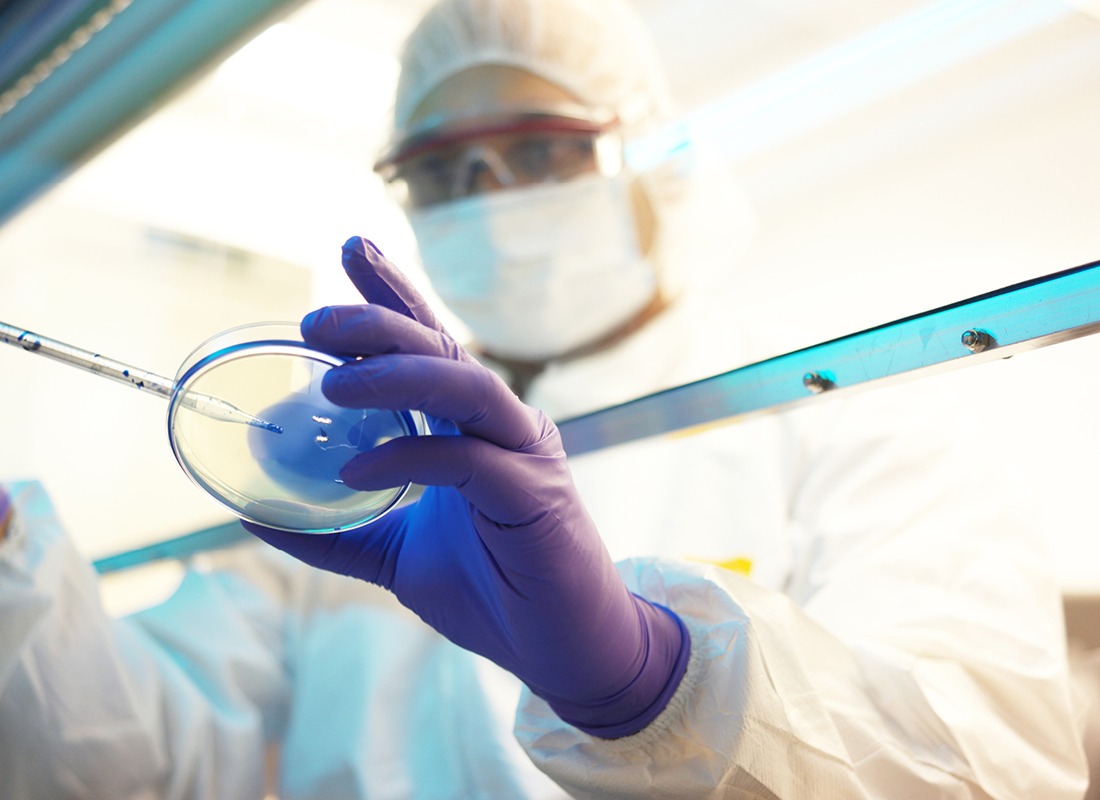FDA Watch: Agency Issues New Guidance on Biotin Interference Testing
From - Diagnostic Testing & Emerging Technologies On June 13, the FDA issued a draft guidance explaining how makers of in vitro diagnostic devices (IVDs) should perform… . . . read more

Subscribe to Clinical Diagnostics Insider to view
Start a Free Trial for immediate access to this article